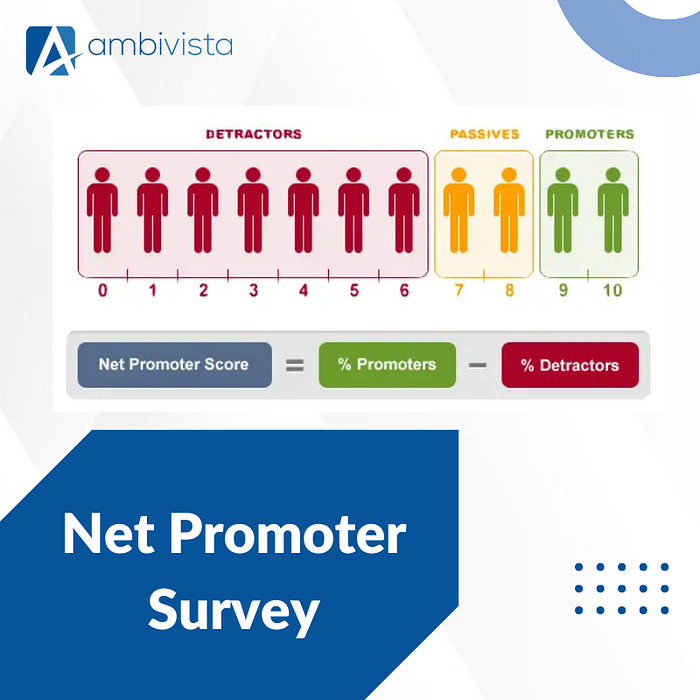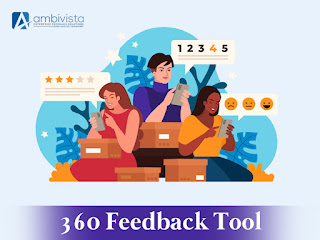Beyond The Score: Essential Next Steps After Running Your Net Promoter Survey
Running a Net Promoter Score (NPS) survey is often seen as the final step in measuring customer loyalty. You’ve sent out the survey, crunched the numbers, and maybe even celebrated your score — finally, some data! But, wait… now what?
Many companies make the mistake of considering the net promoter survey as a standalone metric. They think that gathering data is the hard part, but it’s actually just the beginning of a process that can drive significant business improvements. In fact, there are several crucial next steps that most businesses overlook or underprioritize.
Let’s dive into what those steps are, and why they matter for your brand’s long-term success.
1. Dig Deeper Than the Score
The NPS score itself, whether it’s a 9 or a 2, provides a general sense of customer sentiment. But the real insights are in the details. Don’t just focus on the score. Look closely at the open-ended feedback. What are your promoters saying? Are there particular product features they rave about? What do your detractors complain about? These comments often reveal actionable insights that can guide product development, customer service, or marketing strategies.
2. Follow Up with Both Promoters and Detractors
Once you’ve analyzed the data, it’s time to take action. Don’t stop at the score, reach out to both your promoters and detractors.
For promoters: Thank them for their loyalty and feedback. If possible, ask for testimonials, reviews, or referrals. These engaged customers can help spread positive word-of-mouth.
For detractors: Don’t ignore their complaints. A follow-up email or call can provide more details and show that you care about their experience. Fixing their pain points can turn dissatisfied customers into loyal ones.
Following up demonstrates that you value all customer feedback, and it’s often a powerful way to increase satisfaction.

3. Segment Your Data for Deeper Insights
Not all NPS scores are equal. Segment your responses by customer type, tenure, or behavior. A “9” from a long-term customer who loves your brand likely means more than a “9” from a first-time buyer who might not fully understand your value proposition. Segmenting allows you to pinpoint where improvements are needed and which customer groups are the most loyal. For example, long-term customers might love your product but want better customer support, while newer customers might struggle with onboarding.
4. Develop an Action Plan (and Stick to It)
Once you’ve gathered the data, it’s time to develop a clear action plan. Based on the feedback, prioritize changes in areas that matter most. Focus on specific goals like:
Product updates: Did customers mention specific features they want improved?
Customer support enhancements: Are there recurring issues with response times or quality of service?
Operational improvements: Do processes need streamlining for a better overall experience?
Being specific in your actions is key. Make sure your action plan is detailed, measurable, and assigned to the right teams to follow through.
5. Share Results Across Your Organization
NPS shouldn’t just be a customer success or marketing team exercise. Share your findings across your entire company — product development, sales, and support teams should all have visibility into the results. This company-wide buy-in ensures that everyone understands the customer experience and works toward the same goal: improving customer satisfaction. By involving all departments, you create a more holistic, customer-centric culture.
6. Set Long-Term Goals Based on NPS
Finally, NPS should be used as part of a broader strategy. It’s not just a snapshot in time but a long-term metric that tracks how well your company is meeting customer expectations. Use NPS as a benchmark for setting quarterly or annual goals aimed at improving your score. Continuous monitoring will help you spot trends and fine-tune your approach to customer satisfaction.
The Bottom Line: Make NPS Work for You
Running an NPS survey isn’t just about measuring satisfaction at a single point in time. It’s about using that data to fuel improvements, foster customer loyalty, and drive business growth. Yet, too many companies stop after collecting the data, missing the opportunity to truly transform their customer experience.
If you’re ready to move beyond the survey results and create a real, lasting impact on your business, Ambivista can help. We have the best online survey tools that not only streamline the design and data collection process, but also provide powerful analytics and segmentation features. These tools allow you to turn raw NPS data into actionable insights with ease. Don’t just run an NPS survey, use it strategically to elevate your brand, improve customer experience, and drive long-term loyalty.


Comments
Post a Comment